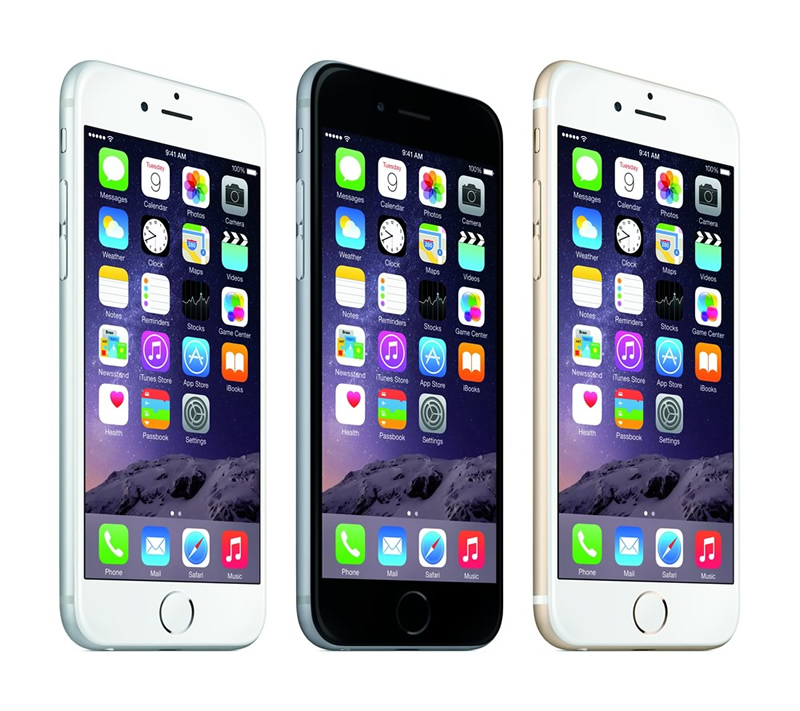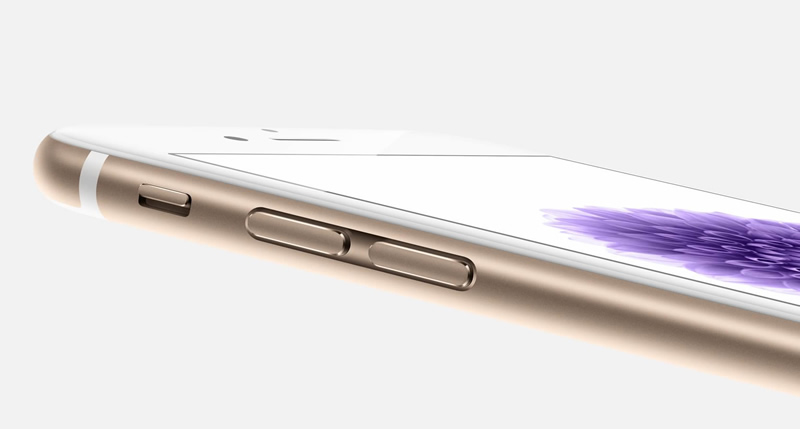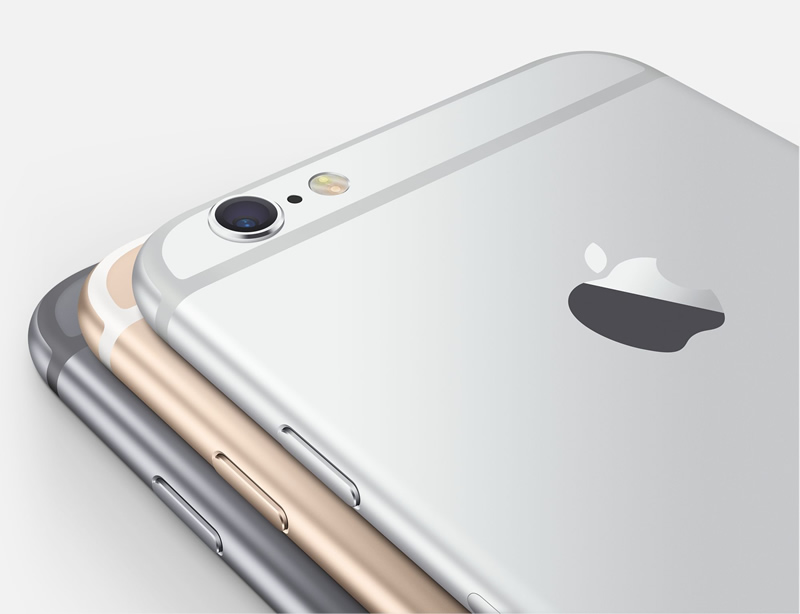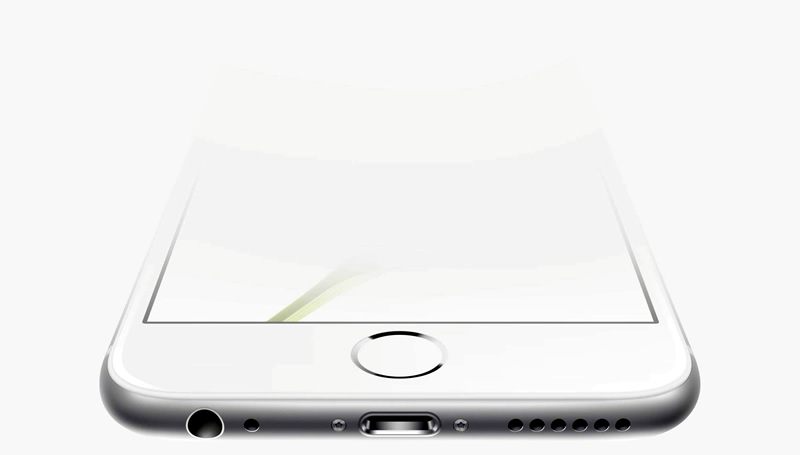
 Apple iPhone 6 Review Scoring Summary
Apple iPhone 6 Review Scoring Summary| Style & Handling | |
| User Friendliness | |
| Feature Set | |
| Performance | |
| Battery Power | |
| Overall Score |  |
| Pros | Cons |
| + High quality build | - Not Full HD |
| + Stunning design | - Few stand-out features |
| + Improved camera | - Costly |
|
Verdict: The iPhone 6 is a thing of beauty and while it’s not quite perfect it’s hard to imagine any Apple fans will be too disappointed. |
|
Despite big launches from HTC, Samsung, Sony and LG there’s every chance that the iPhone 6 will be the best selling phone of the year. Its name alone is enough to secure huge numbers of sales, but Apple isn’t relying purely on that.
In fact this is arguably the biggest change that Apple’s iconic flagship has ever undergone, thanks to a larger screen and a new design. But it’s entering a crowded, competitive market, so has Apple done enough? Read on to find out.

Bigger isn’t always better but when it comes to the screen on the iPhone 6 we’re inclined to say it is. Apple’s equipped the phone with a 4.7 inch 750 x 1334 display, giving it a pixel density of 326 pixels per inch, which is exactly the same as the iPhone 5S as well as being marginally higher than the Samsung Galaxy Alpha and the Sony Xperia Z3 Compact, which are likely to be among the iPhone 6’s closest competitors.
On the other hand it’s quite a lot less sharp than say the 1080p Samsung Galaxy S5 or HTC One M8 and completely dwarfed by the QHD LG G3. As much as Apple claims that the human eye can’t easily tell the difference once you get above its Retina resolution our eyes can, at least when you put them side by side.
It’s still a fairly crisp screen though and it’s also got better contrast, superior viewing angles and improved colour reproduction over the iPhone 5s, so Apple’s done more than just made the screen bigger.

While the iPhone 5s was all about angles and edges, the iPhone 6 brings back the curves, with a gently curving rim and even a slightly curved glass panel on the front which arcs in to the metal chassis. It’s a great effect and we’d argue that this is the best looking iPhone yet. It may even be the best looking phone full stop, though the HTC One M8 certainly gives it a run for its money.
While it’s inevitably larger and heavier than last year’s model at 138.1 x 67mm and 129g it’s also slimmer at a sleek 6.9mm thick and the extra weight actually feels good in the hand.
We’d have liked Apple to take a leaf out of Samsung or Sony’s handbook and make the phone dust and water resistant, after all it would be a shame to ruin such a gorgeous phone, but the company has at least strengthened the glass on the front so cracked displays should be less common.
So far the iPhone 6 seems to perform without a hitch, whether watching videos, playing games, using apps or just gliding around the home screens, but it’s hard to say exactly how powerful it is as Apple has stayed fairly tight-lipped, revealing only that it has a 64-bit A8 processor, which is both faster and more efficient than the A7.
So for now we can say that it’s more powerful than the iPhone 5S, which in itself is already a pretty powerful phone. We’d be surprised if anything particularly taxed Apple’s new handset for a while yet.
With gaming on the go becoming so popular it’s also worth mentioning that Apple has included a new technology, dubbed ‘Metal’, which allows the CPU and GPU to work together seamlessly for an improved gaming experience.
As well as seemingly having a lot of processing power the iPhone 6 is also equipped to use data faster than ever, with 4G LTE-A speeds of up to 150Mbps supported. That’s not quite enough for the theoretical LTE-A top speeds of 300Mbps but should ensure it can keep up with data demands for the foreseeable future.

Apple’s equipped the iPhone 6 with an 8 megapixel camera, which sounds a bit lacking in the face of the 20.7 megapixel cameras Sony’s sticking on its phones and the 41 megapixel Nokia Lumia 1020, but there’s more to life than megapixels.
The iPhone 5S already has a very capable camera and the iPhone 6 improves on that with new modes and features such as digital image stabilisation, exposure controls and better face detection.
Where Apple’s really gone to town though is on the video camera, which can now film 1080p footage at 60fps, or if you’d rather shoot in slow motion you can do that in 720p at 240fps. There’s also a new time-lapse mode and whatever you’re shooting video stabilisation ensures it will be captured as smoothly as possible.
There’s a 1.2 megapixel camera on the front, which again is like the iPhone 5s, but it includes a new burst mode so you can take ten photos in the space of a second, making it easy to get the perfect selfie. FaceTime has also been improved as it can now capture 81% more light for clearer video calls.
The big new feature of the iPhone 6 is Apple Pay and NFC, which work together to finally allow you to use your iPhone 6 for contactless payments. A lot of places already support contactless payments and with Apple on the scene we imagine even more will soon.
Other than that Apple has put in new and improved versions of Touch ID and its motion co-processor. The new M8 motion co-processor can now track steps taken, distance travelled and elevation changes for a more complete picture of your daily activity and thanks to iOS 8 Touch ID can now be used by other developers to replace passwords and authorise payments in third-party apps, making it far more useful than it currently is.

Apple hasn’t revealed the size of the battery tucked away in the iPhone 6, but it has claimed that the phone can last for up to 250 hours of standby time, 14 hours of talk time, 11 hours of internet, 11 hours of video or 50 hours of music.
Those are some respectable stats and an improvement on the iPhone 5s, which could only keep going for up to 10 hours of talk time for example, but it still leaves the iPhone 6 a little short of the best battery life found in Android land.
For storage option there’s 16GB, 64GB or a whopping 128GB, but as usual you pay a premium for more storage, as while prices start at £539 for 16GB, they go up to £619 for 64GB and £699 for 128GB. There’s little justification for such a price hike but as there’s no microSD card slot that extra expenditure is the only way to get a decent amount of memory.
The iPhone 6 supports 3G, 4G LTE, Bluetooth 4.0 and it’s the first Apple handset to also support NFC.
Based on our first impressions the iPhone 6 is great. The problem is that it doesn’t do anything you can’t find elsewhere and it’s a little more expensive than any of its competitors. Being expensive is nothing new but past iPhone’s have often included more new features to help them stand out.
Sure the iPhone 6 has a big screen and NFC, both of which are new to iPhone’s, but they’re not new to phones.
What the iPhone 6 does do though is deliver all these features with a level of polish that’s rarely seen elsewhere and that arguably justifies the price tag. It’s one of the best looking phones around, has a great camera, good battery life, lots of power and all the features we loved in previous iPhone’s, such as Touch ID.
Other than a larger screen there’s little here to tempt Android or Windows Phone users, but there’s plenty enough to ensure existing iPhone fans won’t jump ship.
Apple iPhone 6 SpecificationDimensions : 138.1 x 67 x 6.9mm Weight: 129 grams Screen size: 4.7” IPS LCD (750 x 1334) Screen Resolution: 750 x 1334 display resolution Pixels Per Inch (PPI) : 326 Processor: 1.4GHz Dual core application processor RAM: 1GB TBC On-board Memory: 16GB / 64GB / 128GB Camera: 8MP (rear) (1.2 megapixel front-facing) Operating system: iOS 8 Ultrafast / 3G / 4G LTE: Yes/ Yes/ Yes Bluetooth / NFC : Yes/ Yes Battery capacity: TBC Colours: Space Grey, Silver, Gold Launch Date: 19th September Price: £539 |